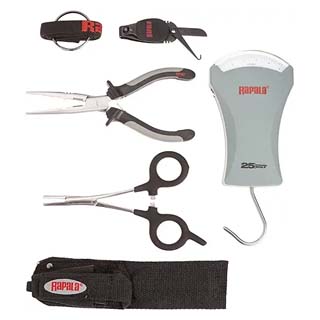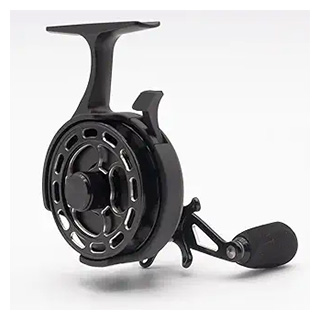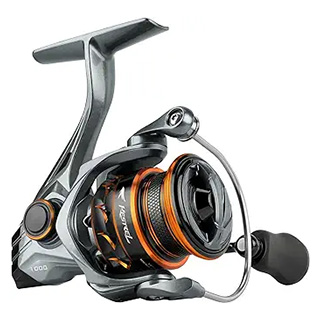Ontario Ice Fishing Hut Operators
Ice Fishing Articles And Tips

Ice Fishing Catfish - How Is It Done?
By Daniel Eggertsen
Ice fishing catfish is a fun and exciting way to catch fish. It is worth the challenge put in front of you.
Most of the old timers who have been fishing for various types of catfish over the years would be surprised to hear about the new wave of fishing for cat in ice, but many experienced ice anglers have stories to tell about hooking something under the ice that pulled hard, and broke their line.
Now that ice fishing for channel cat has gained in popularity, many people now believe these stories are catfish stories.
There are various methods, tips and types of equipment on the market today to help you to catch the big one even in ice fishing catfish. The question is, what do you need, how do you use it and when are you going to have the best opportunity for getting the catfish you want. Here are some tips and tricks to help you with this type of catfish fishing.
Most people, who have fished for cat on the ice, have had success on farm ponds. These ponds usually have better ice fishing yields if they are at least fifteen feet deep and about three acres in measure. If they are stocked with larger catfish (usually approximately two pounds or larger, since smaller cat do not seem to bite well when ice fishing) you will also experience a bigger catch.
Whenever you are fishing for catfish on ice,
keep to what you already know about fishing for cat. Catfish are bottom dwellers. In the colder months, they will seek the deepest part of the body of water that they inhabit. If you are fishing in a smaller body of water, like a pond, it is much easier to determine where that deepest part of the water lies.
If you are on a large lake, it might be hard to determine where to drill your hole in the ice in order to locate the deepest regions where your catfish will be gathered. Unlike fishing in water, where you can simply pull up your anchor and move, once you have drilled a hole, set up on your target area, and begun to fish, it is much more difficult to up and move if the fish are not biting. Just do a little research, and look for the deepest part of whatever body of water you are fishing, before you drill your hole.
In the wintertime, catfish primarily exist on small worms and grubs that emerge from the muddy
bottoms of catfish ponds. Their metabolism slows down, and they are not as active. They do not use as much energy. They will hit on smaller wax worms.
Pay close attention to this need that they have because many people try to use the wrong tackle to secure the fish during this season. Think about their lifestyle when ice fishing catfish. Once you have chosen your site, preparation comes into play.
Drill a few holes in the ice and use a depth finder to locate the deepest part of the body of water in which you will be fishing. Don't
expect to locate your fish with sonar, though, because catfish stay so close to the bottom that they normally do not show up well on sonar. Once you have located your catch, use the right equipment. Pay close attention to these details!
Dan Eggertsen is a fishing researcher and enthusiast who is committed to providing the best catfish fishing information possible.





